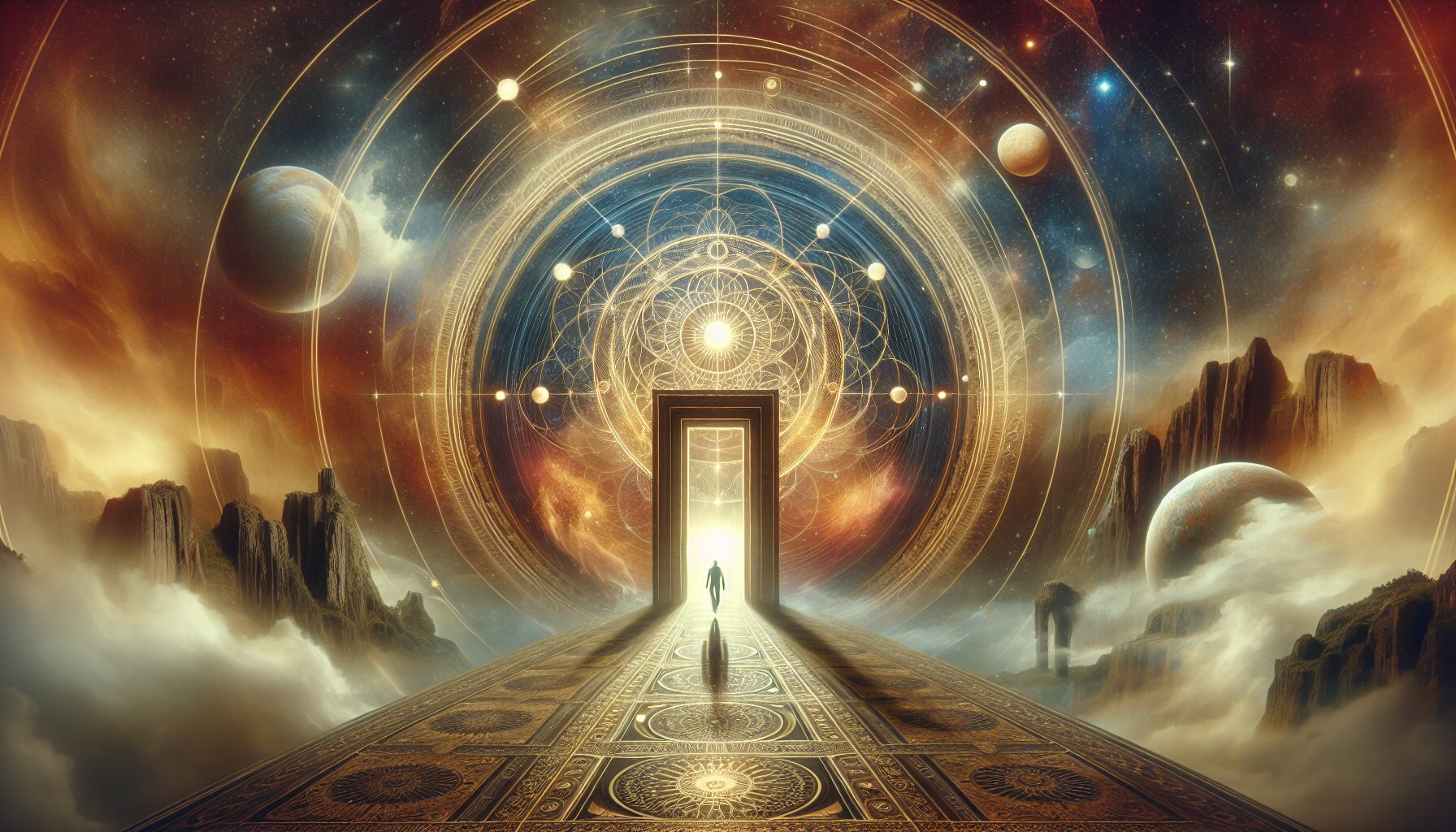Ash and Echo: Memory, Loss, and Transformation
The human experience is an intricate tapestry woven with threads of memory, loss, and the potential for transformation. The intersection of these elements shapes our existence, providing depth and meaning while also challenging us to evolve beyond the ashes of what once was. This article explores the profound relationship between memory, the inevitability of loss, and the transformative powers that arise from these experiences.
The Role of Memory: Preserving the Past
Memory serves as the repository of our lived experiences. It is both a guardian and a guide, reminding us of past joys and sorrows and helping to shape our identities. As neuroscientist Eric Kandel, Nobel laureate and author of In Search of Memory, states,
“Memory is the glue that binds our mental life together. It gives continuity to our life.”
- Cultural Memory: Collectively, memory extends beyond the individual, encapsulating the shared memories of communities and societies. This cultural memory anchors traditions and narratives that define group identities.
- Interpersonal Connections: Memory sustains relationships, allowing individuals to recall shared experiences and bonds that foster connection.
The preservation of memory, though vital, is not without its distortions. Memories can be malleable, reshaped over time, and impacted by new experiences and perspectives. Thus, the reliability of memory is often a matter of subjective interpretation.
Confronting Loss: The Inescapable Reality
Loss is an inescapable part of the human condition. It is often accompanied by a profound sense of absence, whether due to death, the end of a relationship, or the passing of time. The experience of loss can evoke intense emotions and a reassessment of one’s place in the world.
- Types of Loss: Loss manifests in various forms: physical loss (e.g., death or separation), symbolic loss (e.g., loss of identity or status), and material loss (e.g., loss of property or wealth).
- The Grieving Process: Grieving is a complex process, unique to each individual. According to Dr. Elisabeth Kübler-Ross, who pioneered the study on death and dying, the grieving process can include stages such as denial, anger, bargaining, depression, and acceptance. (The Elisabeth Kübler-Ross Foundation)
While loss is universally felt, it is also an impetus for reflection and reassessment. It can serve as a catalyst for growth and transformation, prompting individuals to find meaning beyond the immediate pain.
Transformation Through Adversity
Amid the ashes of loss, there often lies the potential for profound transformation. This metamorphosis is not always immediate; it can take time and may manifest in varied forms.
Post-Traumatic Growth: The concept of post-traumatic growth suggests that individuals can emerge from trauma stronger and more resilient. Psychological researchers Richard Tedeschi and Lawrence Calhoun note that
“people who endure psychological struggle following adversity can often see positive growth afterward.”
(American Psychological Association)
- Resilience and Adaptability: Transformation often involves cultivating resilience. It requires embracing adaptability and finding new ways to navigate life’s challenges.
- New Perspectives: Loss can lead to a reevaluation of priorities and values, offering a renewed sense of purpose and direction.
- Artistic and Creative Expression: Many individuals channel their experiences of loss into creative endeavors. Art, music, writing, and other forms of expression can serve as therapeutic outlets and avenues for connection.
The transformative process is deeply personal and varies from person to person. It may involve small adjustments or radical life changes, both capable of profound impact.
The Synergy of Ash and Echo
The metaphor of ash and echo encapsulates the duality of memory, loss, and transformation. Like ashes, loss represents the remnants of what was, while echoes symbolize the enduring impact of memory. Together, they highlight the continuum of human experience—where endings give rise to beginnings, and echoes inspire transformation.
The interplay of ash and echo is reflected in literature, art, and philosophy, exploring themes of rebirth through destruction. In the myth of the Phoenix, for example, the legendary bird rises anew from its ashes, embodying the idea of regeneration after adversity. This symbolism resonates across cultures and ages, offering hope and inspiration.
Navigating the Journey
While the journey through memory, loss, and transformation can be arduous, it is ultimately a testament to the resilience of the human spirit. Support systems, such as family, friends, and mental health resources, play a crucial role in aiding individuals during these times of transition.
Incorporating mindfulness and reflection practices can help individuals remain grounded amidst change. Techniques such as meditation, journaling, and therapy can offer insight into personal growth and self-discovery.
Conclusion: Embracing the Cycle
Memory, loss, and transformation are threads woven into the fabric of life, each contributing to the complex, beautiful tapestry of human experience. By embracing the cyclical nature of these elements, individuals can find strength in vulnerability, wisdom in experience, and hope in the potential for new beginnings.
As we navigate the ashes of the past and the echoes of memory, may we continue to transform, ever resilient in our pursuit of understanding and connection.



